Including Little Rock, Hot Springs & More
Arkansas, also known as “The Natural State,” is a diverse and beautiful state located in the southern region of the United States. From its rolling hills and lush forests to its picturesque rivers and lakes, Arkansas offers visitors a wealth of natural beauty and outdoor adventures.
Arkansas became a territory in 1819 and achieved statehood in 1836. Initially inhabited by Native American tribes such as the Quapaw, the region later saw European exploration and settlement. Arkansas played a pivotal role during the Civil War, experiencing battles and significant political and social changes. Post-war, it developed economically through agriculture, particularly cotton farming, and later diversified into timber, manufacturing, and tourism.
Today, Arkansas retains its cultural heritage while embracing modern industries and attractions, making it a blend of historical significance and contemporary charm.
Regions
Arkansas can be divided into four main geographic regions:
- Ouachita Mountains: The Ouachita Mountains extend across western Arkansas and into neighboring Oklahoma, boasting scenic vistas, crystal-clear lakes, and lush forests. Hot Springs National Park, located in the Ouachita Mountains, is famous for its natural hot springs, historic bathhouses, and vibrant downtown area.
- Central Arkansas: Central Arkansas is home to the state’s capital city, Little Rock, as well as a variety of cultural attractions, outdoor recreational areas, and family-friendly destinations.
- Delta Region: The Delta region of eastern Arkansas is characterized by its fertile farmland, sprawling cotton fields, and charming small towns. Visitors can explore historic sites such as the Arkansas Post National Memorial and the Delta Cultural Center in Helena-West Helena.
- Lower Mississippi River Valley: The Lower Mississippi River Valley region in southeastern Arkansas is known for its rich cultural history, fertile agricultural lands, and scenic waterways. Visitors can explore historic plantations, paddle along the Mississippi River, and learn about the region’s delta blues heritage in cities like Helena-West Helena and Lake Village.
The Same
Both the Family and the Dinks passed through Arkansas on cross-country road trips several times stopping in different locations. So as often happens, the only overlap is in what we ate.
Local Cuisine
Arkansas is known for its unique Southern cuisine, which reflects its agricultural heritage and regional traditions. We love it so much we couldnt shorten this list.
- Delta tamales are a regional variation of tamales found in the Arkansas Delta region, known for their unique flavor and preparation style.
- Cheese Dip: The original cheese dip was crafted by the Donnelly family, founders of the Ark-Mex restaurant empire in 1935. Today, you can still enjoy this iconic blend of cheese and spices at Mexico Chiquito and Chiquito Mex-To-Go restaurants across Little Rock and beyond.
- Fried Catfish: Catfish is a staple in Arkansas cuisine, often served fried and accompanied by hushpuppies, coleslaw, and tartar sauce. The state’s numerous rivers and lakes provide an abundant supply of this popular fish.
- Barbecue: Arkansas barbecue is known for its flavorful, slow-cooked meats, particularly pork, ribs, and chicken, often served with a tangy tomato-based sauce. Each region in Arkansas might have its own twist on barbecue, but it’s always a favorite.
- Fried Chicken: Southern-style fried chicken, crispy on the outside and juicy on the inside, is a beloved dish in Arkansas.
- Possum Pie: Despite its name, this dessert does not contain possum. It’s a layered pie typically made with a cream cheese layer, a chocolate pudding layer, and a whipped cream topping, often garnished with pecans.
- Hushpuppies: These deep-fried cornmeal balls are a common side dish in Arkansas, particularly served alongside fried fish and barbecue.
The DINKs
Having been through Arkansas several times but only spending one night there in total means we didn’t spend a ton of time in any one place. Places we visited include Alma, Little Rock and Hot Springs.
Alma
Alma, Arkansas is a charming city located in the western part of the state, nestled in the picturesque Arkansas River Valley. Surrounded by rolling hills and natural beauty, Alma offers a perfect mix of small-town charm and scenic appeal. Downtown Alma is a vibrant hub of activity, featuring locally-owned shops, cozy restaurants, and small businesses housed in beautifully preserved historic buildings. Visitors can stroll along Main Street, browse unique boutiques offering everything from handmade crafts to vintage treasures, and sample delicious Southern cuisine at charming cafes and home-style eateries. Whether you’re in town for a quick visit or just passing through, Alma’s welcoming atmosphere and friendly locals make it a memorable stop.
- SEE: Popeye Park
- EAT: Fried catfish from The Catfish Hole
Popeye Park: Alma proudly calls itself the “Spinach Capital of the World,” and Popeye Park is a fun and quirky tribute to this claim to fame. At the heart of the park stands a giant bronze statue of Popeye the Sailor Man, complete with his iconic pipe and, of course, a can of spinach in hand. The park is well-kept and inviting, with green space perfect for stretching your legs, enjoying a picnic, or snapping a few photos with the famous sailor. We were just passing through on a road trip, and it turned out to be the perfect place to take a short walk with our dog and enjoy a bit of unexpected roadside Americana. Kids love the whimsical statue, and there are benches and shade trees that make it an ideal pit stop for travelers of all ages.
Catfish Hole Alma: When it comes to authentic Southern dining, The Catfish Hole in Alma, AR, is a must-visit. This beloved local eatery is known far and wide for its crispy, golden-fried catfish, served with all the classic fixings—hush puppies, coleslaw, beans, and homemade tartar sauce. The atmosphere is casual and welcoming, with that down-home feel that makes you want to linger a little longer over your meal. The catfish might be some of the best we’ve ever had—perfectly seasoned, fried to perfection, and so fresh it practically melts in your mouth. The service was friendly and attentive, and the portion sizes were generous, making it great for families or hungry travelers looking for a hearty, satisfying meal. If you’re in the area, this is one of those hidden gems that’s worth going out of your way for—you won’t leave hungry or disappointed!
Hot Springs
Hot Springs, Arkansas is a charming and historic city nestled in the scenic Ouachita Mountains in the central part of the state. Known for its natural thermal springs, elegant bathhouses, and vibrant downtown, Hot Springs offers a captivating blend of relaxation, outdoor adventure, and cultural attractions. The city has long been a destination for those seeking healing waters, drawing everyone from early settlers to baseball legends. Today, visitors can still enjoy that unique mix of the old and new that gives Hot Springs its character.
Downtown Hot Springs is alive with energy and personality, centered along Central Avenue, the main strip through the heart of the city. The area is filled with locally-owned shops, art galleries, theaters, and restaurants offering everything from upscale Southern cuisine to quirky coffee shops and classic diners. It’s the kind of place where you can spend a leisurely afternoon browsing antiques, sampling handmade fudge, and catching live music or a local play in the evening. Street performers, public art, and a creative spirit give downtown a distinct flair that’s both welcoming and entertaining.
Tour Bathhouse Row: No visit to Hot Springs would be complete without a stroll down Bathhouse Row, the city’s iconic historic district located right in the heart of downtown. This beautifully preserved stretch features a row of opulent bathhouses built in the late 19th and early 20th centuries, each showcasing the architectural elegance and spa culture of a bygone era. Among them, the Fordyce Bathhouse stands out—now transformed into the Hot Springs National Park Visitor Center, it offers free self-guided tours that provide an eye-opening look at how people once came to “take the waters.”
As you walk through rooms filled with marble tubs, steam cabinets, and elaborate massage rooms, you get a fascinating glimpse into the practices that once passed as spa treatments. Honestly, some of those so-called “therapeutic baths” looked more like medieval torture chambers than relaxing retreats—we couldn’t help but laugh at the contrast between the soothing concept and the intimidating equipment. Still, it’s an incredible piece of history and a testament to how people have long sought health and healing through these natural springs.
Whether you’re here to relax in the modern spas that still tap into the thermal waters, explore the scenic trails of Hot Springs National Park, or simply soak up the atmosphere of a town steeped in charm and stories, Hot Springs is one of those places where history and rejuvenation go hand in hand.
Little Rock
Little Rock, Arkansas is a vibrant and dynamic city located along the banks of the Arkansas River, offering a compelling mix of history, culture, and Southern hospitality. As the capital of the state, Little Rock serves as both a political and cultural hub, where historic landmarks stand side by side with modern attractions, and bustling entertainment districts meet tranquil outdoor escapes. Whether you’re diving into its storied past or sampling the flavors of its ever-evolving food scene, Little Rock welcomes visitors with open arms and an authentic charm.
Downtown Little Rock is where the city’s heartbeat really shines. The River Market District is a lively area packed with eclectic shops, local restaurants, food stalls, and live music venues. It’s the perfect spot to grab a bite, browse local crafts, or enjoy a drink with a view of the river. You’ll also find the Clinton Presidential Library and Museum here, a modern glass-and-steel structure that houses documents, memorabilia, and exhibits from President Bill Clinton’s time in office—plus a replica of the Oval Office.
When it comes to dining, Little Rock doesn’t disappoint. From classic Southern comfort food and barbecue joints to trendy farm-to-table eateries and global cuisine, there’s something for every palate. Be sure to try a plate of fried catfish or some Arkansas-style ribs, and don’t skip dessert—local bakeries and ice cream shops add a sweet finish to any day of exploring.
With its unique blend of past and present, urban energy and natural beauty, Little Rock invites visitors to slow down, explore deeply, and discover the spirit of Arkansas in every experience. Whether you’re here for a weekend getaway or just passing through, it’s a city that’s sure to leave a lasting impression.
- Historic Sites: Little Rock is steeped in history, with numerous historic sites and landmarks that offer insights into the city’s past. One of the most iconic attractions is the Little Rock Central High School National Historic Site, where visitors can learn about the Little Rock Nine and the Civil Rights Movement. Other notable historic sites include the Old State House Museum, the Historic Arkansas Museum, and the William J. Clinton Presidential Library.
- Riverfront Parks and Trails: The Arkansas River runs through the heart of Little Rock, providing ample opportunities for outdoor recreation and relaxation. Outdoor enthusiasts will love the abundance of green spaces and riverfront recreation. The Arkansas River Trail, a scenic 88-mile loop, is perfect for walking, biking, or jogging, with views of the water, downtown skyline, and bridges. The Big Dam Bridge—the longest pedestrian and bicycle bridge in North America built specifically for that purpose—is an architectural highlight and a favorite for locals and visitors alike. The Riverfront Park, located downtown, offers scenic walking and biking trails, picnic areas, and playgrounds, as well as the William E. “Bill” Clark Presidential Park Wetlands, which provides habitat for wildlife and native plants.
The Family
The Fort Smith National Historic Site
The Fort Smith National Historic Site, located in Fort Smith, Arkansas, preserves and interprets the history of the area’s role in the expansion of the United States into the western frontier. Established in 1961, the site encompasses several historic structures and exhibits that provide visitors with insights into the region’s military history, frontier justice system, and cultural heritage. The Fort Smith National Historic Site features several historic structures that have been preserved and restored to their original appearance. These include the historic fort buildings, such as the commissary, barracks, and courtroom, as well as the nearby Belle Point area, where the original fort was established in 1817.
One of the highlights of the Fort Smith National Historic Site is the reconstructed courtroom of Judge Isaac C. Parker, also known as the “Hanging Judge.” Judge Parker presided over the federal court in Fort Smith from 1875 to 1896, during which time he gained a reputation for his tough stance on law and order in the Wild West. Visitors can tour the courtroom and learn about the trials and legal proceedings that took place during this era.
Summary
Arkansas provided distinct experiences for both the DINKs and the Family, despite their differing itineraries. The DINKs explored the vibrant city of Little Rock, soaking in its historical and cultural richness. They ventured to Alma for a taste of local charm and indulged in the therapeutic waters of Hot Springs. Meanwhile, the Family focused their visit on the Fort Smith National Historic Site, delving into the region’s frontier history. Throughout their travels, both groups sampled the local cuisine, highlighting Arkansas’s culinary delights. Each visit, though unique in scope, offered a glimpse into the state’s diverse attractions, blending history, natural beauty, and gastronomic pleasures.






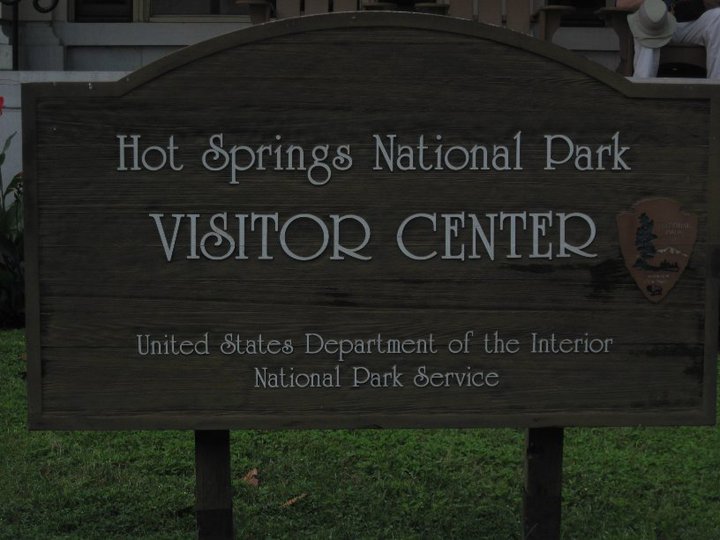


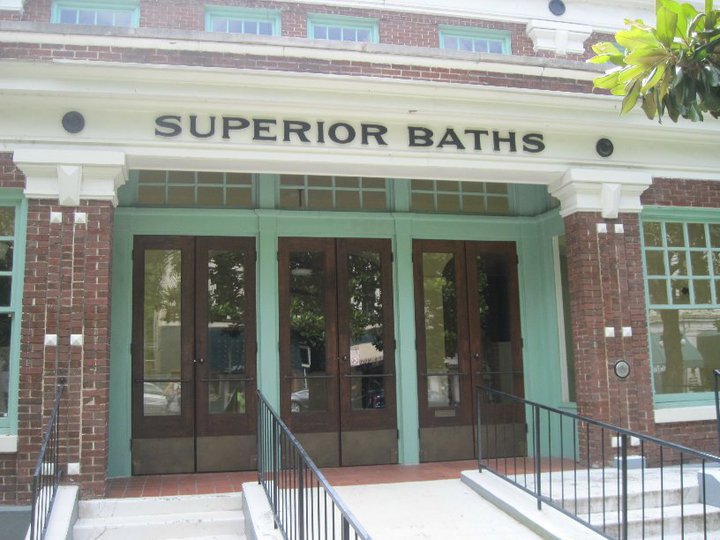


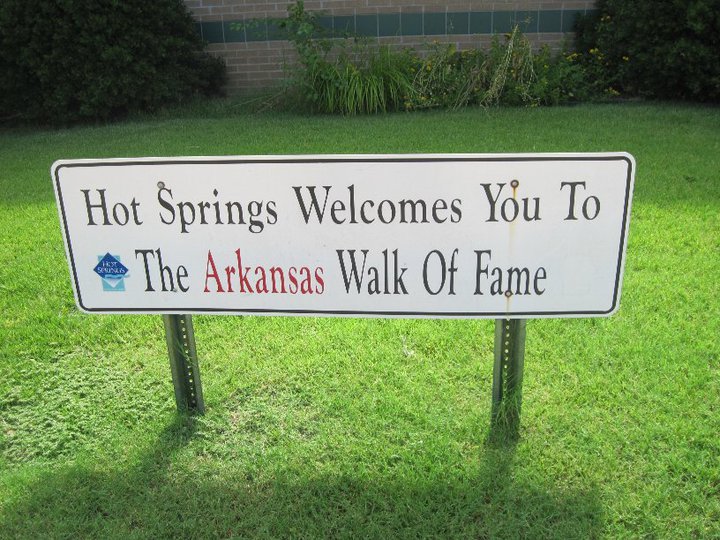


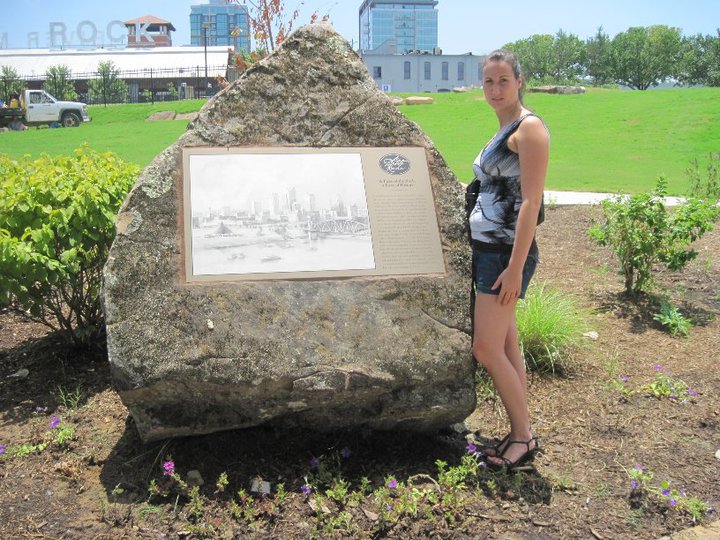

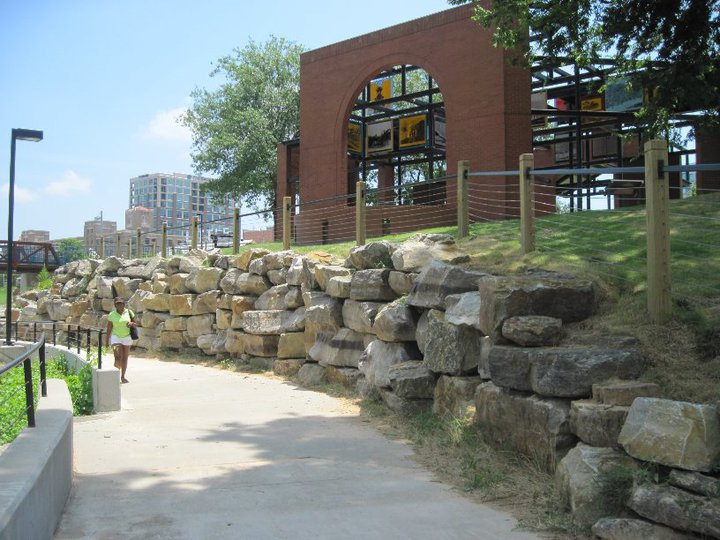


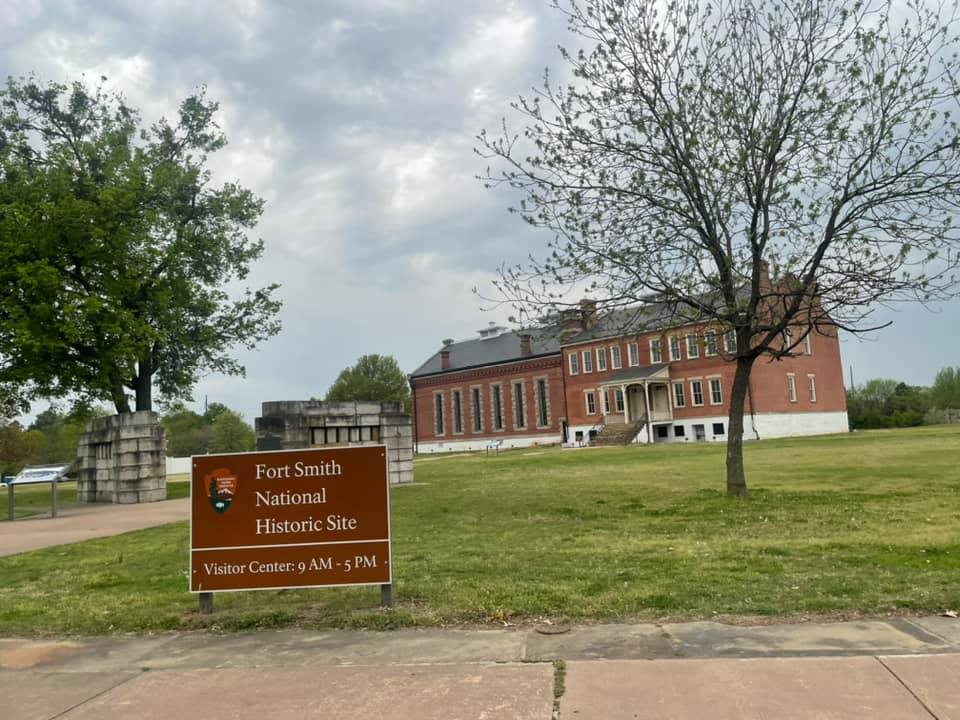






Leave a Reply